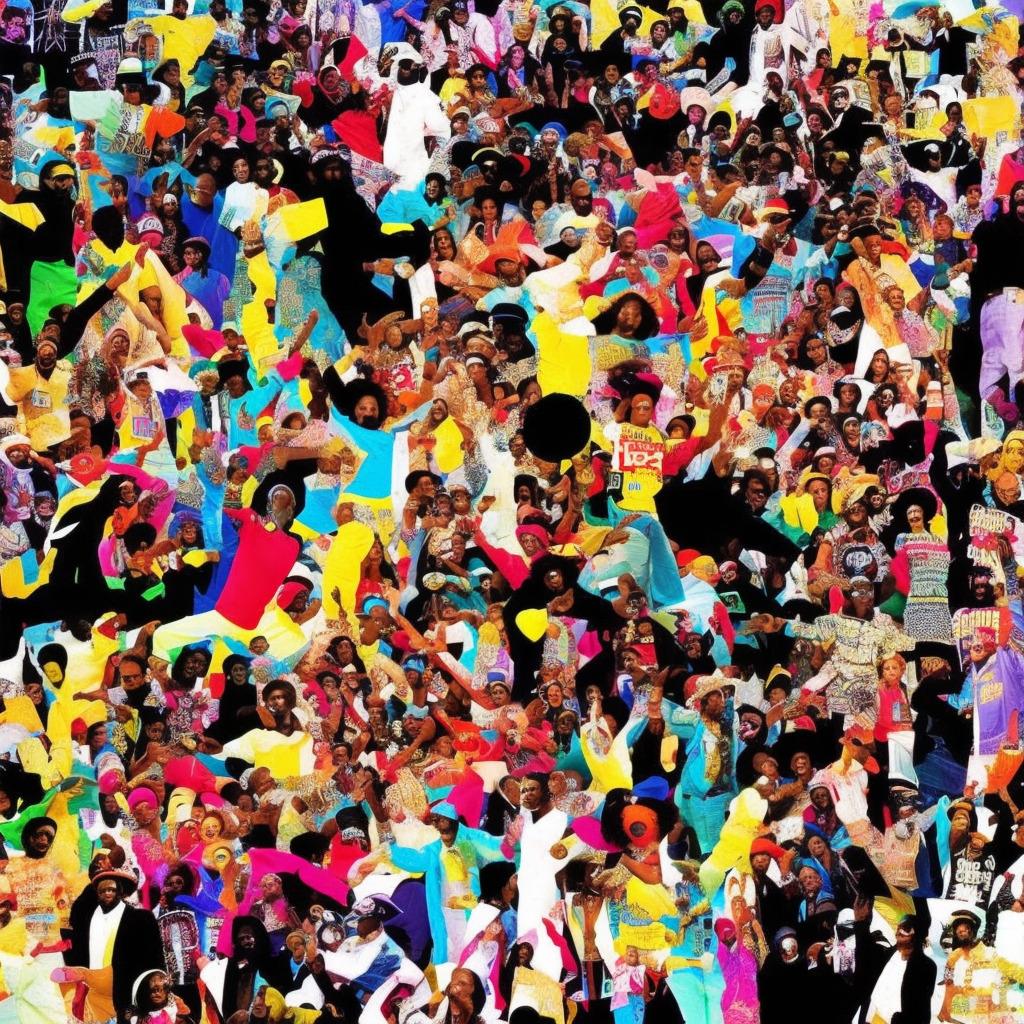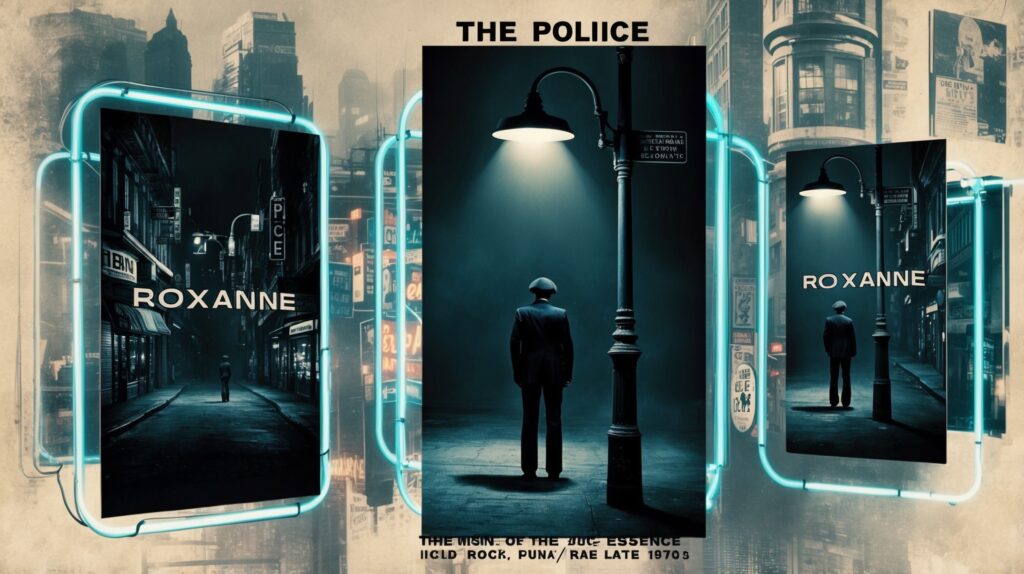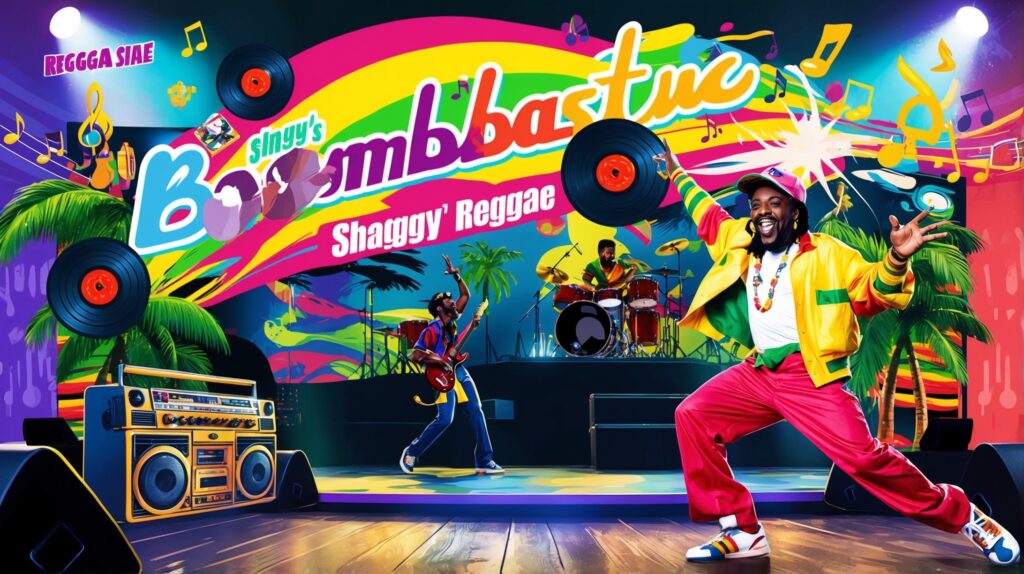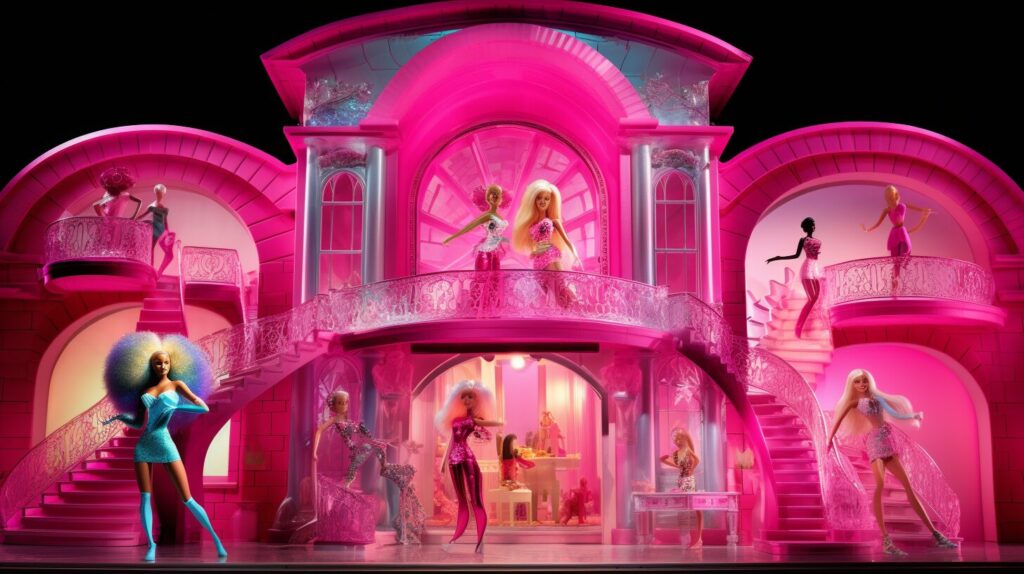? Steppin’ into the weekend with #IniKamoze’s iconic ’94 banger “Here Comes the Hotstepper”! ? Did you know Ini started as a reggae artist but became a dancehall legend with this track? ? Let’s groove! #FunFactFriday #Hotstepper #90sVibes Read about it: tinyurl.com/4m2nrj6c
The Rise of the Hotstepper: Ini Kamoze’s Enduring Hit
Dancehall meets reggae as Ini Kamoze’s infectious ’94 hit “Here Comes the Hotstepper” skyrockets him to global stardom, paving the way for future genre-blending artists.
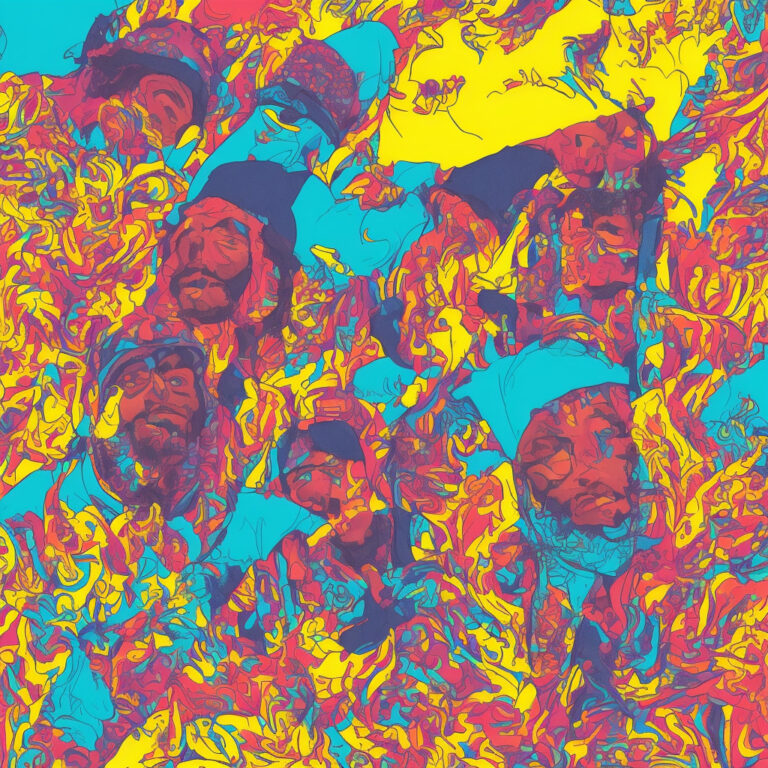
Ini Kamoze, a Jamaican reggae artist whose unique fusion of dancehall and reggae gained him international recognition, is best known for his 1994 hit single “Here Comes the Hotstepper.” Born Cecil Campbell in Jamaica in 1957, Kamoze made his mark on the music scene with his self-titled debut album in 1984, which spawned the hit “World-A-Music.” However, it was “Here Comes the Hotstepper” that catapulted him to global stardom.
Produced by Salaam Remi, “Here Comes the Hotstepper” ingeniously sampled the well-known 1960s tune “Land of 1000 Dances” by Wilson Pickett. The catchy, upbeat melody, combined with Kamoze’s distinctive vocal delivery and clever wordplay, made the song a memorable and irresistible earworm. The track gained massive airplay and peaked at No. 1 on the US Billboard Hot 100 chart, making Ini Kamoze the first reggae artist to achieve this feat since UB40’s “Red Red Wine” in 1983.
The success of “Here Comes the Hotstepper” led to its inclusion in the soundtrack of the 1994 fashion-themed film “Prêt-à-Porter” (also known as “Ready to Wear”), directed by Robert Altman. The song not only became a hit amongst fans of the movie but also made its way onto various international charts, including reaching No. 4 in the UK Singles Chart. This further solidified Kamoze’s status as a prominent reggae artist on the world stage.
Despite the song’s immense popularity, some critics argue that “Here Comes the Hotstepper” overshadowed Kamoze’s other work, unfairly pigeonholing him as a one-hit wonder. While it’s true that Kamoze released several subsequent albums, including “Lyrical Gangsta” (1995) and “Tramplin’ Down Babylon” (2014), none of them managed to replicate the commercial success of “Here Comes the Hotstepper.”
Nevertheless, Ini Kamoze’s contribution to the music industry should not be underestimated. He played an integral role in shaping the reggae and dancehall genres and paved the way for future artists like Sean Paul, Shaggy, and Beenie Man. Even though “Here Comes the Hotstepper” remains his most notable hit, its impact on pop culture and the way it brought reggae to mainstream audiences deserves recognition and appreciation.
Chart-Topping Heatwave
“Here Comes the Hotstepper” ignited the ’90s music scene, setting charts ablaze globally with its infectious reggae-fusion groove, and ultimately becoming a timeless dancefloor classic.
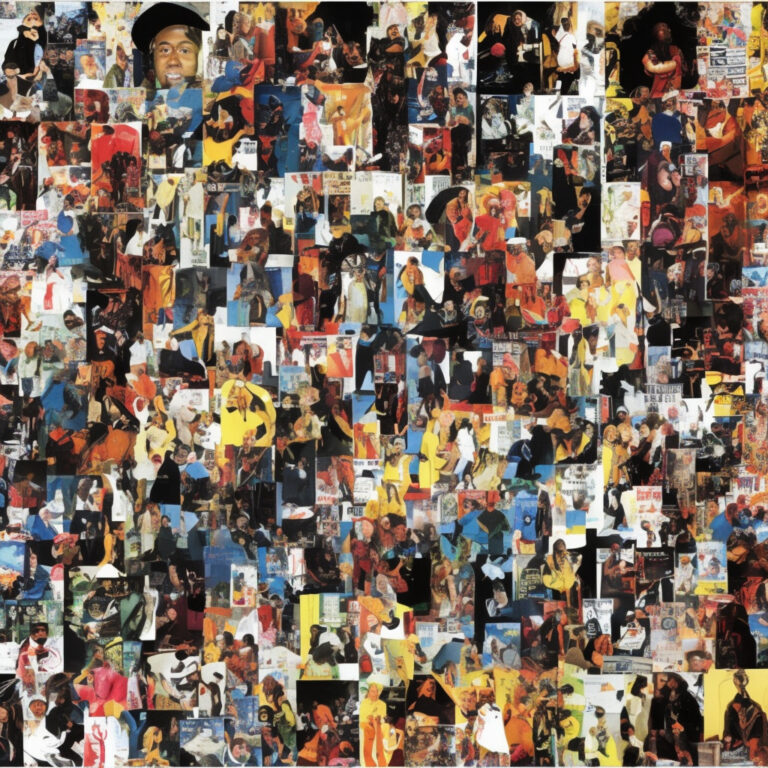
“Here Comes the Hotstepper” saw impressive chart success upon its release on August 18, 1994. Initially entering the charts at a modest position, the infectious reggae-fusion track quickly caught fire, climbing the ranks and establishing Ini Kamoze as a prominent name in the world of music.
Bringing the heat globally, “Here Comes the Hotstepper” burned its way to the top of the US Billboard Hot 100 chart, securing the coveted number one spot on December 17, 1994, and holding it for two consecutive weeks. The track’s irresistible groove got people moving on dance floors, resulting in it also reaching the number one position on Billboard’s Dance Club Songs chart.
But the heat didn’t stop there; it spread across the pond to the United Kingdom, where “Here Comes the Hotstepper” peaked at number four on the Official UK Singles Chart. It also made significant moves in other European countries, reaching the top 10 in countries such as Austria, Belgium, Germany, the Netherlands, and Sweden.
Closer to home, the track found success in the Caribbean, with it reaching the number one spot in Jamaica and Trinidad & Tobago. Kamoze’s unique blend of dancehall and reggae resonated with audiences, solidifying the track as a classic in the genre.
In the years since its release, “Here Comes the Hotstepper” has continued to make waves in popular culture, with numerous appearances in films, television, and commercials. The track’s catchy hook, combined with its engaging melody and undeniable energy, has propelled it to be a staple on playlists worldwide.
While the song’s chart success may be a defining moment in Ini Kamoze’s career, the lasting impact of “Here Comes the Hotstepper” is a testament to the power of music to connect with listeners and transcend time and genres.
A Deep Dive into the Lyrics
Here comes the hot stepper, murderer
I’m the lyrical gangster, murderer
Pick up the crew in-a de area, murderer
Still love you like that, murderer
“Here Comes the Hotstepper,” released by Ini Kamoze in 1994, is a song that continues to make an impact in the music world. The lyrics of this song are a perfect blend of catchy and meaningful. It’s worth taking a closer look at the lyrics, as they carry a deeper message that connects to the spirit of the time and the events of the era.
The line “Here comes the hot stepper, murderer” is a reference to the artist’s ability to “kill” the competition with his songs and performances. In the 90s, this was a common theme in the music industry, especially in the hip-hop and reggae genres. The use of the word “murderer” signifies the level of impact that the artist intends to have on his listeners and competitors.
“I’m the lyrical gangster, murderer” further emphasizes the artist’s status as a force to be reckoned with in the music world. The term “gangster” often referred to someone who was powerful and influential in their field, and by calling himself a “lyrical gangster,” Ini Kamoze is asserting that his songwriting skills set him apart from others.
“Pick up the crew in-a de area, murderer” speaks to the sense of camaraderie and community that was prevalent during this time in music history. With artists often collaborating and supporting one another, this line is a nod to the importance of these relationships.
“Still love you like that, murderer” is perhaps the most intriguing line of the song. Despite the tough and authoritative tone of the rest of the lyrics, this phrase suggests a softer side to the artist. By asserting that he still loves his audience, Ini Kamoze reminds us that even those who appear to be fearless and powerful are still very much human.
In conclusion, the lyrics of “Here Comes the Hotstepper” by Ini Kamoze not only provide a catchy refrain but also offer a deeper insight into the music and culture of the time. The combination of assertiveness and vulnerability in the lyrics makes the song truly stand out and continues to resonate with listeners to this day.
The Stylish Music Video for “Here Comes the Hotstepper”
“Here Comes the Hotstepper” – a timeless fusion of reggae and hip-hop, where infectious beats meet stylish visuals, uniting generations in the universal language of music.
The music video for “Here Comes the Hotstepper” by Ini Kamoze lives up to the infectious nature of the song itself. Directed by the talented duo of Marcus Nispel and Michael Bay, the video features a stylish and captivating visual representation of the catchy tune. With a budget rumored to be around $300,000, the production spared no expense in creating an unforgettable aesthetic for the song.
The video’s storyline follows Ini Kamoze as he traverses the city streets, encountering various characters along the way. These characters, ranging from children to the elderly, all share one thing: they’re irresistibly drawn to the rhythm of the song, dancing and grooving in sync with Kamoze. The video is a true celebration of the universal language of music and its ability to bring people together.
The visual effects in the music video are nothing short of impressive, especially considering it was released in 1994. From the seamless transitions between scenes to the striking color palette, every aspect of the video has been carefully thought out and executed. The directors’ previous experience in creating visually stunning commercials and music videos (such as Michael Bay’s work on Meat Loaf’s “I’d Do Anything for Love (But I Won’t Do That)”) shines through, resulting in a music video that stands the test of time.
Another noteworthy aspect of the video is the fashion. Kamoze’s outfit, a combination of 90s urban streetwear with a touch of the traditional Jamaican Rastafarian aesthetic, is a reflection of the artist’s identity and the fusion of reggae and hip-hop present in the song. The various characters in the video also sport their own unique styles, showcasing the diversity of the city and its inhabitants.
In addition to its commercial success, the music video for “Here Comes the Hotstepper” has also garnered critical acclaim. It was nominated for Best Art Direction at the 1995 MTV Video Music Awards and continues to be celebrated as a prime example of 90s music video production.
While there isn’t an official “alternate” music video for “Here Comes the Hotstepper,” the song’s popularity has led to numerous fan-made videos and tributes on YouTube. From dance challenges to workout routines and even cute animal compilations, these fan videos further demonstrate the song’s widespread appeal and enduring cultural impact.
The Mastermind Behind the Hotstepper
The infectious rhythm and catchy chorus of “Here Comes the Hotstepper” can be attributed to the genius of composer Ini Kamoze. With a career spanning over three decades, Kamoze has become a celebrated figure in the reggae and dancehall scene. Prior to gaining international fame with the chart-topping “Hotstepper,” Kamoze had already made a name for himself with the 1984 hit single “World-A-Music,” which showcased his unique fusion of reggae and dancehall influences. This iconic track later went on to be sampled by Damian Marley on his Grammy-winning album “Welcome to Jamrock.” Kamoze’s ability to create memorable tunes while remaining true to his roots is just one of the many reasons why his work continues to resonate with music enthusiasts worldwide.
Award-Winning Stepper and Star of the Screen
“Here Comes the Hotstepper”: A timeless reggae-fusion anthem transcending music charts, pop-culture, and generations since 1994.
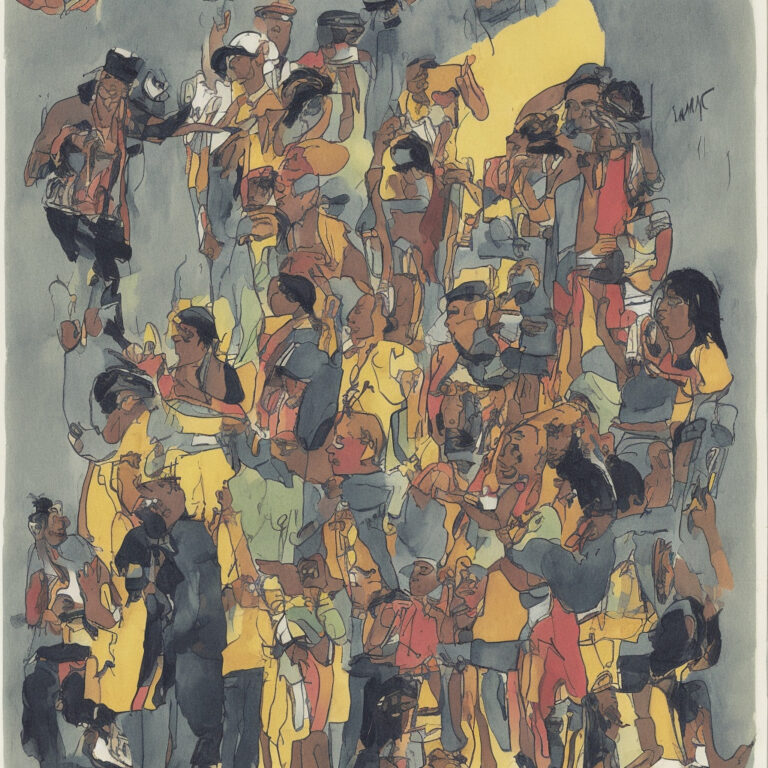
“Here Comes the Hotstepper” has certainly made its mark, both in the music world and beyond. The song was a massive hit upon its release in 1994, and its infectious beat and catchy lyrics earned it numerous accolades. It topped the charts in places such as the United States, Denmark, and New Zealand, and quickly became a dancefloor staple. This reggae-fusion track was also nominated for a Grammy Award in 1995, under the Best Reggae Album category.
The song has made several appearances in popular culture, most notably in the 1994 film “Prêt-à-Porter” (Ready to Wear), directed by Robert Altman. The film’s soundtrack even featured a special “Prêt-à-Porter” edit of “Here Comes the Hotstepper,” which became synonymous with the movie. Additionally, the song has been featured in an episode of the popular television series “New Girl” and in the 2015 film “Dope.” It has also made its way into the gaming world, appearing in the 2018 video game “Just Dance 2019.”
As with any iconic track, “Here Comes the Hotstepper” has inspired several cover versions and remixes over the years. One notable cover is by French DJ and producer Yuksek, who added his own electronic spin to the song in 2013. Additionally, the Spanish band La Banda del Pepo created a ska version of the track, paying homage to its reggae roots while giving it a unique twist. Other artists, such as DJ Thomilla and Benji Boko, have also produced remixes that have kept the song’s essence alive for new generations to enjoy.
The popularity and influence of “Here Comes the Hotstepper” show no signs of waning, as it continues to be a beloved tune more than two decades after its release. Its blend of reggae, hip-hop, and dance elements has made it a classic that bridges genres and generations, ensuring its place in music history.
Dissecting the Musical Elements
One of the most striking aspects of “Here Comes the Hotstepper” is the song’s ability to seamlessly blend reggae and hip-hop elements, creating an infectious groove that’s hard not to dance along to. This unique fusion is achieved through the use of a few key musical components.
Firstly, the song is written in the key of E minor, which lends it a somewhat moody and contemplative atmosphere. This is complemented by the chord progression, which revolves around a simple yet effective i-iv-v (Em-Am-Bm) structure. This chord progression is a staple of reggae, and its use in “Here Comes the Hotstepper” helps to anchor the song firmly within the genre.
The tempo of the song is set at a laid-back 100 beats per minute (BPM), which allows for plenty of space within the groove for the various elements to breathe. This slower tempo is typical of reggae and provides an excellent counterpoint to the more energetic hip-hop elements that are layered on top.
One such element is the song’s distinctive drum pattern, which features a syncopated kick drum and snare combination that provides a driving, danceable rhythm. This pattern is complemented by the use of a tambourine on the offbeats, which adds a further level of rhythmic interest and helps to keep the listener engaged.
In terms of melody, “Here Comes the Hotstepper” makes effective use of call-and-response techniques, with Ini Kamoze’s lead vocals being answered by a chorus of backing singers. This interplay between the lead and backing vocals helps to create a sense of narrative within the song, as well as adding to its overall catchiness.
The song also employs a few subtle production tricks to enhance its sonic appeal. For example, the use of reverb and delay on the vocals and instruments creates a spacious, echoey sound that’s reminiscent of classic dub reggae. This not only adds depth and richness to the song’s overall sound but also helps to further blur the lines between its reggae and hip-hop influences.
All in all, “Here Comes the Hotstepper” is a masterclass in genre-blending, with its fusion of reggae and hip-hop elements resulting in a song that’s both innovative and irresistibly catchy. By breaking down its various musical components, we can gain a greater appreciation for the skill and craftsmanship that went into the creation of this enduring classic.

